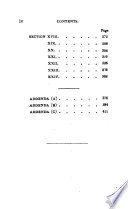 | William M'Gavin - 1843 - 448 pages
...also that there have been rival popes and unhappy schisms in the church, particularly one great schism at the end of the fourteenth and the beginning of the fifteenth century : still the true pope was always clearly discernible at the times we are speaking of, and in the end... | |
 | William Smith - Biography - 1850 - 1116 pages
...torbaric translation was read almost exclusively. IVitE the revival of classical studies in Italy, at toe end of the fourteenth and the beginning of the fifteenth century, the writings of Aristotle and the Bode of treating them experienced a revolution. The struggle between... | |
 | Franz Kugler - Painting - 1846 - 444 pages
...more : noble character pervades the art of that time, and the German style reached its highest point at the end of the fourteenth and the beginning of the fifteenth century. 1 § IX. It is in France, and particularly in the northern parts, that the real development of the... | |
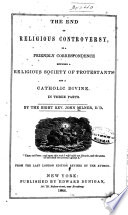 | John Milner - 1846 - 338 pages
...that there have been rival popes and unhappy schisms in the church, particularly one "great schism, at the end of the fourteenth and the beginning of the fifteenth century ; still the true pope was always clearly discernible at the times we are speaking of, and in the end... | |
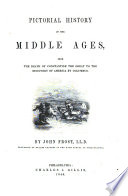 | John Frost - Middle Ages - 1846 - 374 pages
...ambassador, declared Sforza their prince, and immediately renewed the war against Venice. It was towards the end of the fourteenth and the beginning of the fifteenth century that the family of Medici arose in Florence. In the middle of the latter century, Cosmo de Medici was... | |
 | 1847 - 490 pages
...the leaves of a Latin manuscript of the year 1417, in one of the most ancient convents in Germany. At the end of the fourteenth and the beginning of the fifteenth century, the Italians, Germans, Flemings, and Dutch began to engrave on wood and copper. Books of images, as they... | |
 | Charles Knight - London (England). - 1851 - 902 pages
...the City — when the greatest number of contemportry churches were to be found within its wall — the end of the fourteenth and the beginning of the fifteenth century is the period we should select. About the close of the fourteenth century (at least in England) the... | |
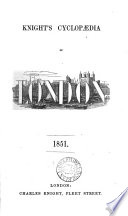 | Charles Knight - London (England). - 1851 - 882 pages
...the City — when the greatest number of contemporary churches were to be found within its wall — the end of the fourteenth and the beginning of the fifteenth century is the period we should select. About the close of the fourteenth century (at least in England) the... | |
 | William Smith - Biography - 1853 - 1136 pages
...old barbaric translation was read almost exclusively. With the revival of classical studies in Italy, at the end of the fourteenth and the beginning of the fifteenth century, the writings of Aristotle and the mode of treating them experienced a revolution. The struggle between... | |
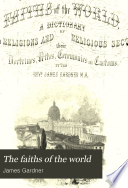 | Rev. James Gardner - Religion - 1858 - 1006 pages
...ANTINOMIANS. HUSSITES, the followers of John Hues, the celebrated Bohemian reformer and martyr, who lived in the end of the fourteenth and the beginning of the fifteenth century. The kingdom of Bohemia, though small in point of geographical extent, occupies a very prominent and conspicuous... | |
| |